What scripture is carrying you?
June 8th, 2020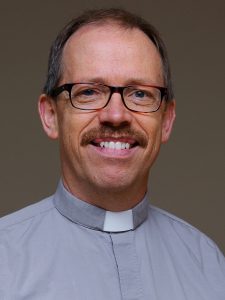 By Pastor John Hulden
By Pastor John Hulden
So, what scripture is carrying you these days?
Our prayer list is long: Global pandemic. George Floyd, killed on a Minneapolis street by Minneapolis police. A social uprising demanding justice for black bodies, because Black Lives do Matter.
Prayers are important. Yes, and … so is acting in love for your neighbor. How do our prayers prepare us to act?
Let’s open our bibles. Not just hold them up in the air. Let’s let scripture carry us, speak to us.
The Rev. Al Sharpton preached last week on Ecclesiastes at George Floyd’s memorial service: “To everything there is a season.” What new season might be this for you and me? A season of protest? of speaking truth to power? of listening to people most affected by systemic racism?
AS AN OLD WHITE guy, I’ve learned much from listening to people of color these past weeks. A respected elder said last week that she is just so tired, after decades of fighting injustice. I have heard a rejection of the “a-few-bad-apples” metaphor for terrible police behavior. Instead, it is not the apple or even the tree that is bad; it is bad soil.
Some folks are calling this a double pandemic (the virus and systemic racism), and they are renaming it COVID-1619. It has been 401 years since the first slaves were forced onto this continent. And I had no idea about a catchphrase used throughout much of the 20th Century: “I’m free, white, and 21.” The catchphrase, used in this video, means you can do anything you want, as long as you are white and 21.
“Some folks are calling this a double pandemic – the virus and systemic racism.”
So we listen, we pray, we act, and we let Bible stories teach and inspire us. Why? Because as Lutherans we are people of the Word. We love to hear the story. We love to tell the story.
Here are some bible stories that are carrying me.
Shiphrah and Puah and Jochebed, Exodus 1 & 2
Two Hebrew-African midwives were told by Pharaoh to kill baby boys as soon as they were born. Shiphrah and Puah break the law and risk their lives by helping Jochebed give birth to a baby boy. Jochebed raises Moses in secret until she floats baby Moses down the Nile. But Jochebed did not send Moses in that basket just anywhere down the Nile. Jochebed was strategic. She floats Moses towards the Pharaoh’s palace. As if to say, “My baby is so adorable, there is no way you won’t keep him!” With the help of the crafty big sister Miriam, the princess of Egypt adopts Moses and then, the government pays Jochebed to nurse her own child. Moses never missed any lullabies sung to him by his mother.
Speaking of Lullabies, take a look at Luke 1:46-55
Mother-to-be Mary sings the Magnificat during her meeting with cousin Elizabeth. My NRSV calls this song “Mary’s Song of Praise.” Hogwash. This is a revolutionary anthem sung to baby Jesus in and outside of Mary’s womb.
In all four gospels, Jesus begins his ministry by enlisting help … from teenagers
Don’t believe all those pictures of old, bearded disciples. In Mark 1, James and John left their dad, Zebedee, in the 
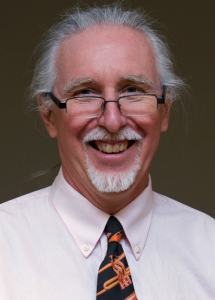 boat with the hired men when they chose to follow Jesus. Life expectancy back then was in the 30s. If Zebedee was in his 30s, his sons James and John were (bearded?) young adults. (On our synod staff, for instance, think more John Mai [far right] than Bob Hulteen.) What can we learn from today’s teenager-disciples leading the protests across the U.S. and world?
boat with the hired men when they chose to follow Jesus. Life expectancy back then was in the 30s. If Zebedee was in his 30s, his sons James and John were (bearded?) young adults. (On our synod staff, for instance, think more John Mai [far right] than Bob Hulteen.) What can we learn from today’s teenager-disciples leading the protests across the U.S. and world?
One last story.
Pay attention to the lessons Jesus taught his young adult disciples from the get go. In Mark 2:1ff, having just called the disciples in Mark 1:16, four rambunctious vandals break into a house through the roof. They make a hole big enough to lower their paralyzed friend into the room where Jesus was. After the social uprising in our cities these past weeks, does this story tell us something new?
Whatever we do during this extraordinary time, keep praying, open our bibles, and let the stories carry us. But beware, four law-breaking dudes might be the ones carrying us to Jesus.

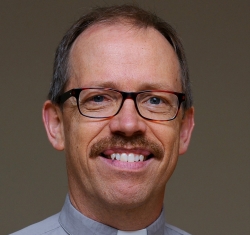
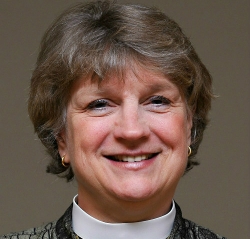
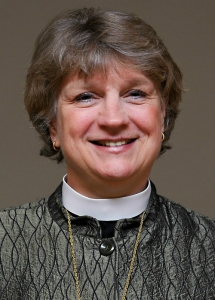 Three officers looked on. They looked on for eight minutes and 46 seconds. They looked on as their fellow officer killed George Floyd by kneeling on his neck.
Three officers looked on. They looked on for eight minutes and 46 seconds. They looked on as their fellow officer killed George Floyd by kneeling on his neck.
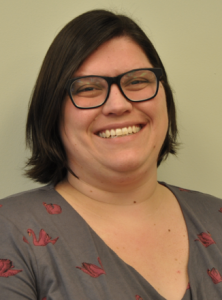 By Meghan Olsen Biebighauser
By Meghan Olsen Biebighauser 

 By John Mai
By John Mai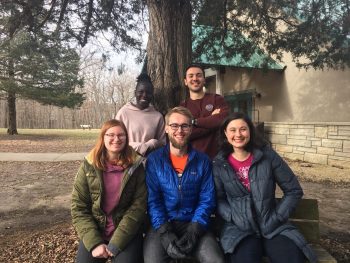

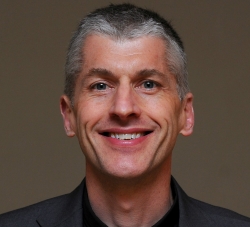
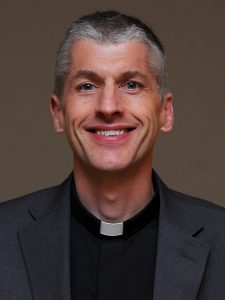 By Pastor Craig Pederson
By Pastor Craig Pederson By Pastor John Hulden
By Pastor John Hulden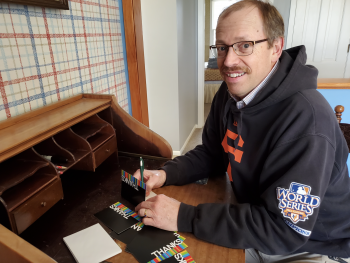
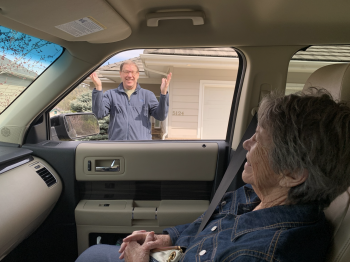
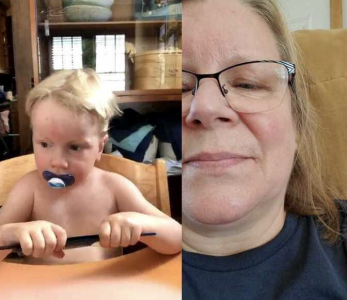
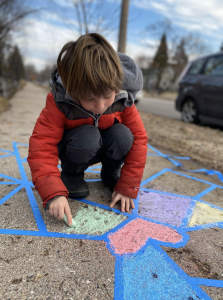
 By Bob Hulteen
By Bob Hulteen 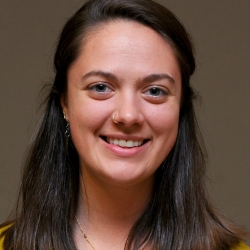
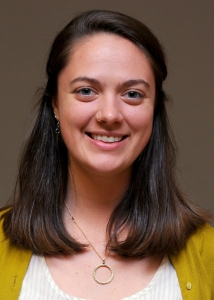 By Emilie Bouvier
By Emilie Bouvier